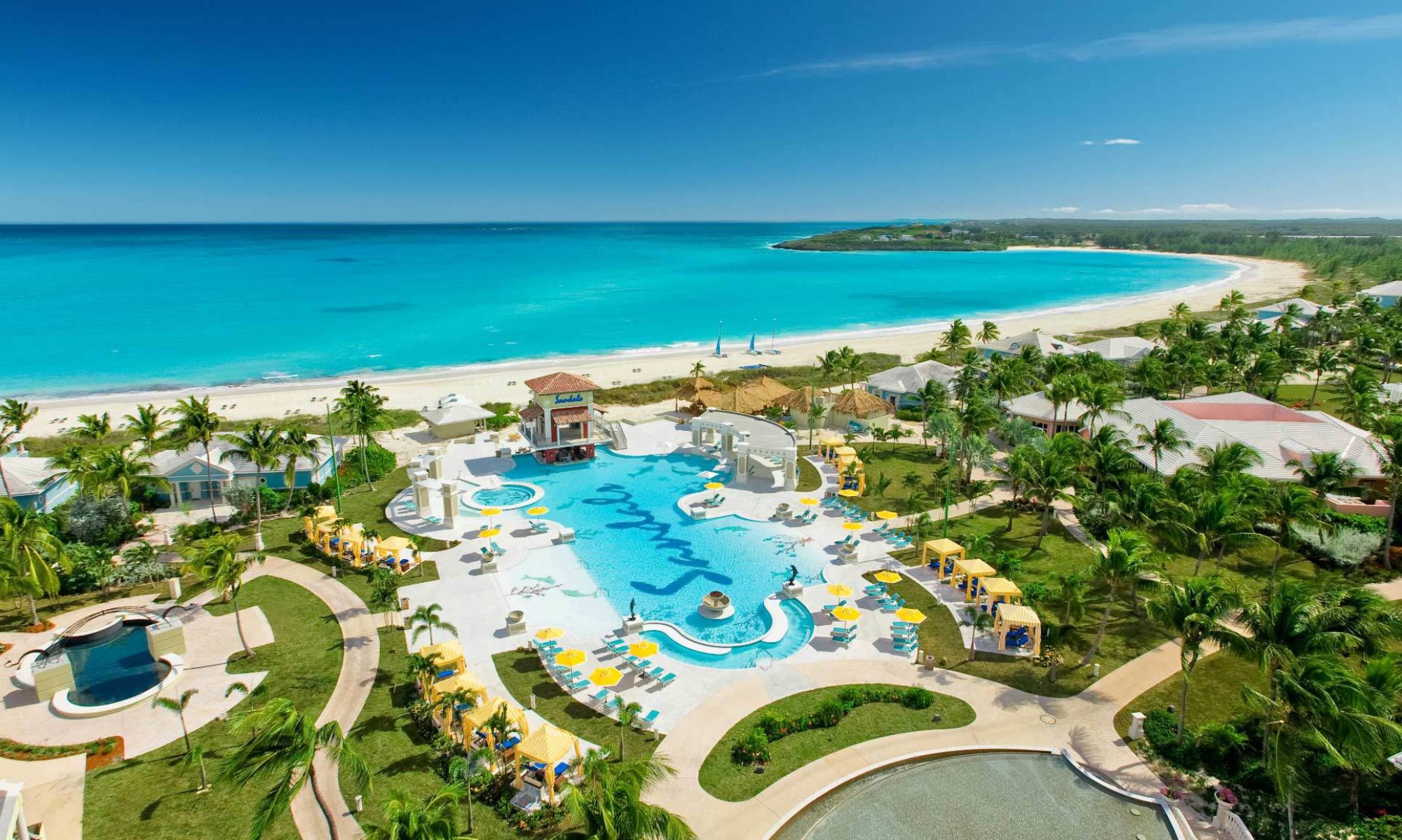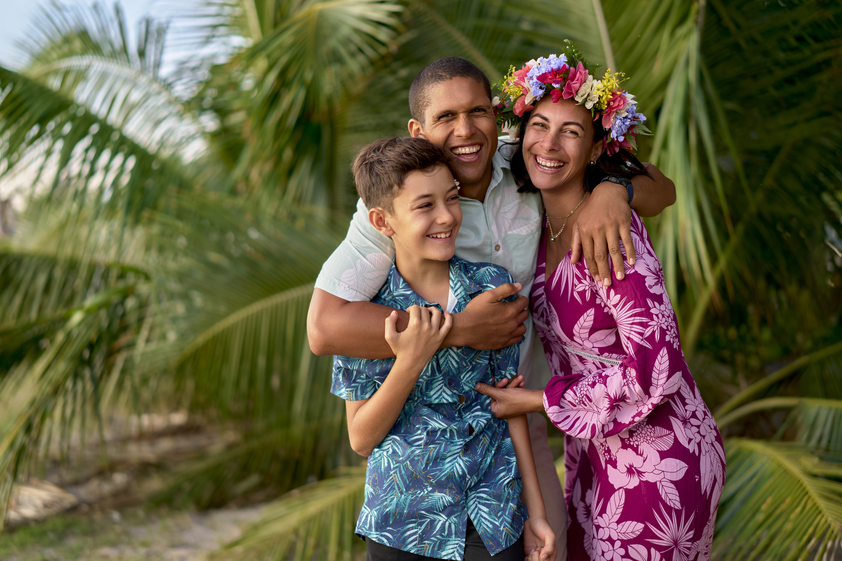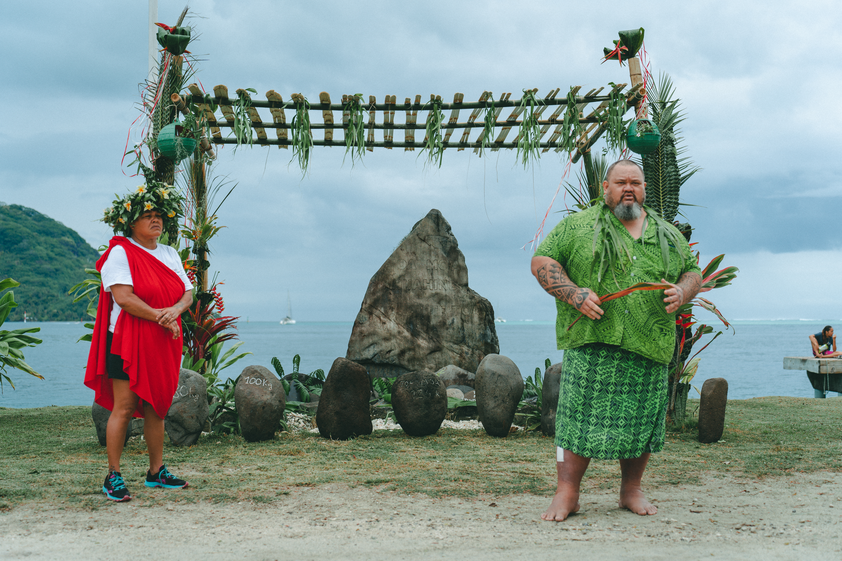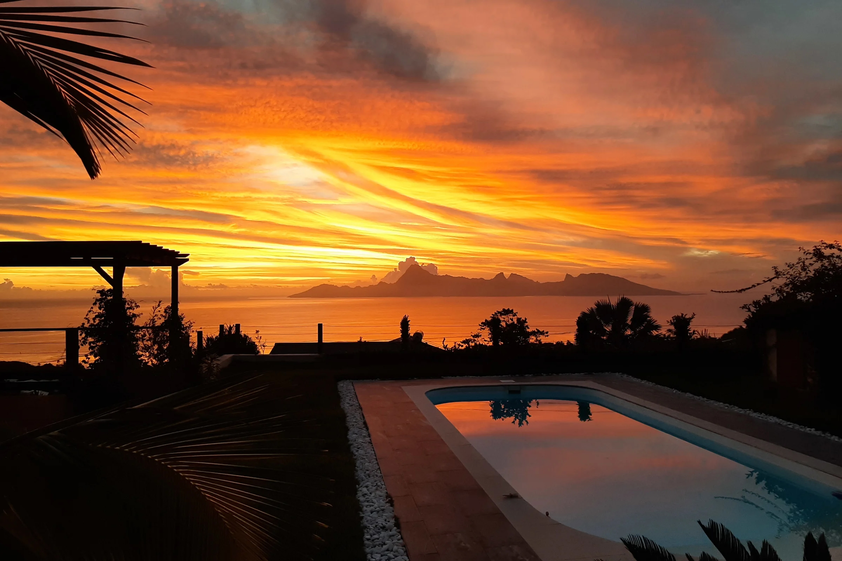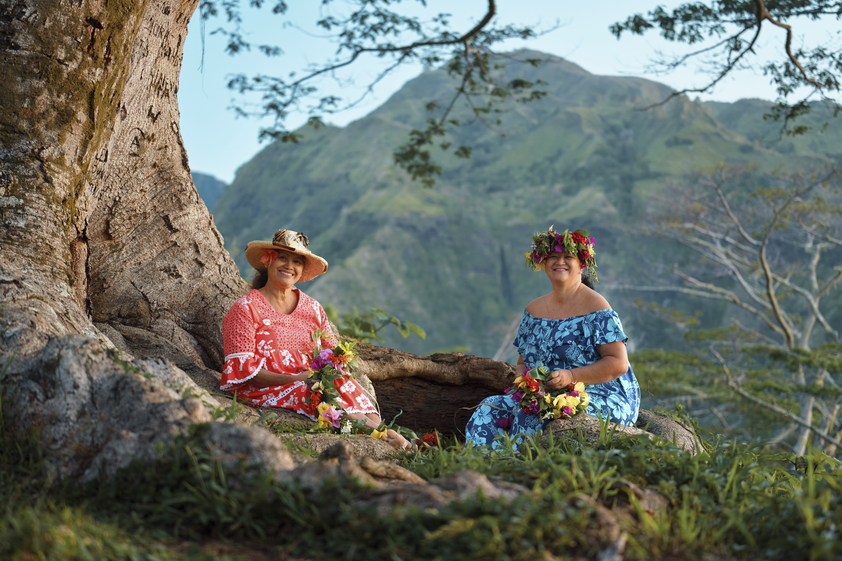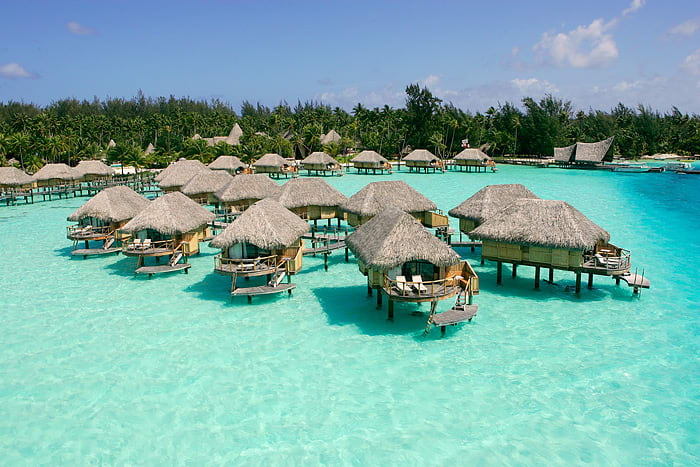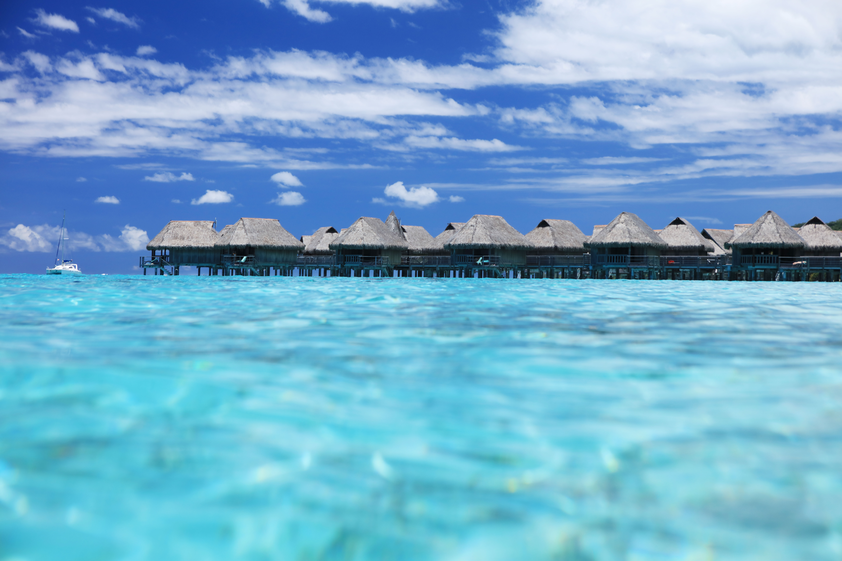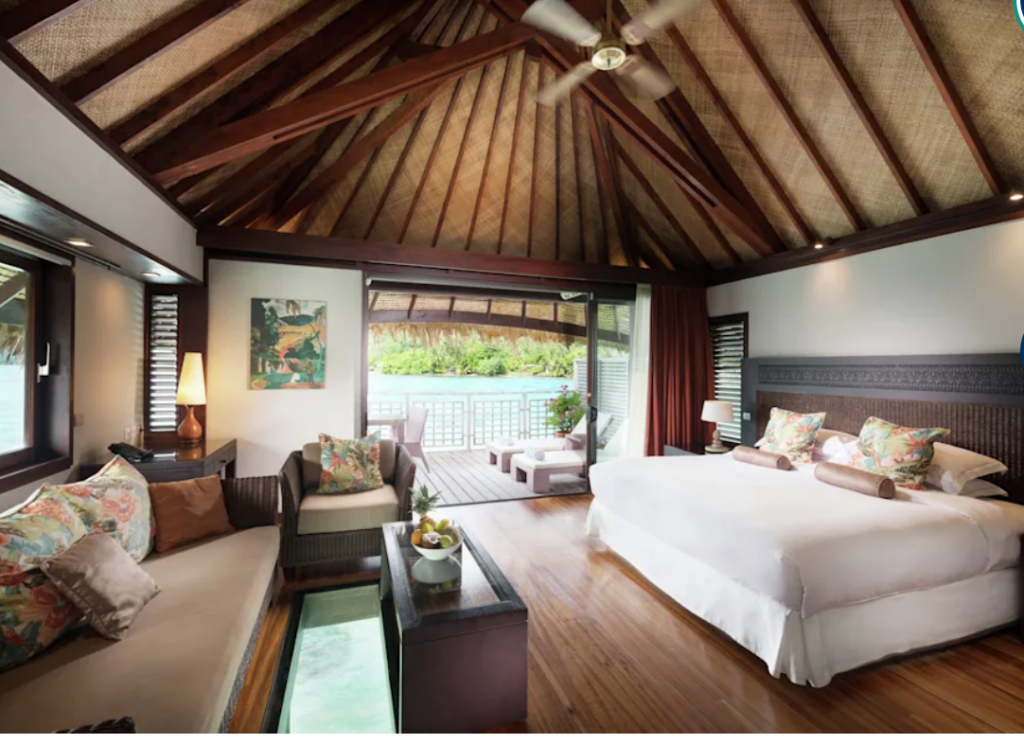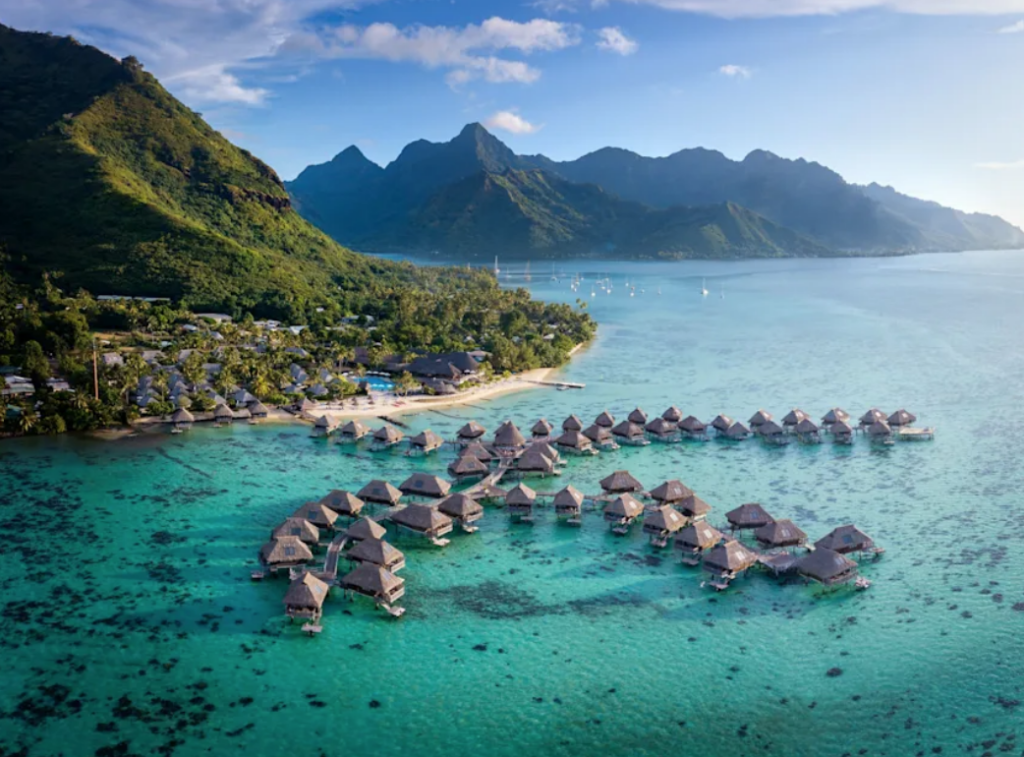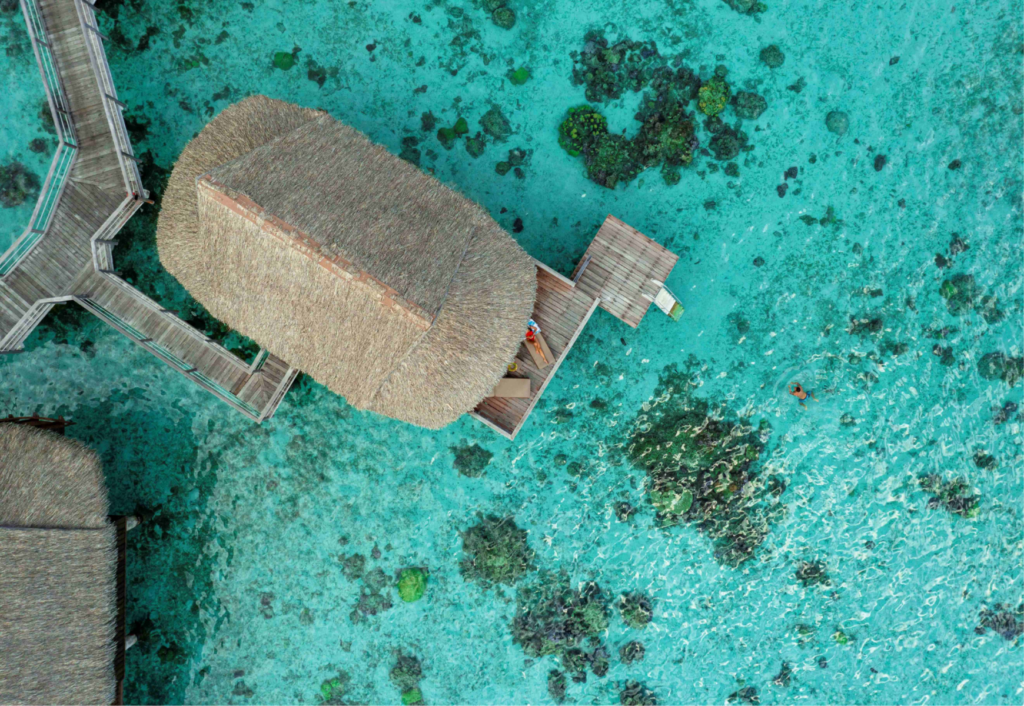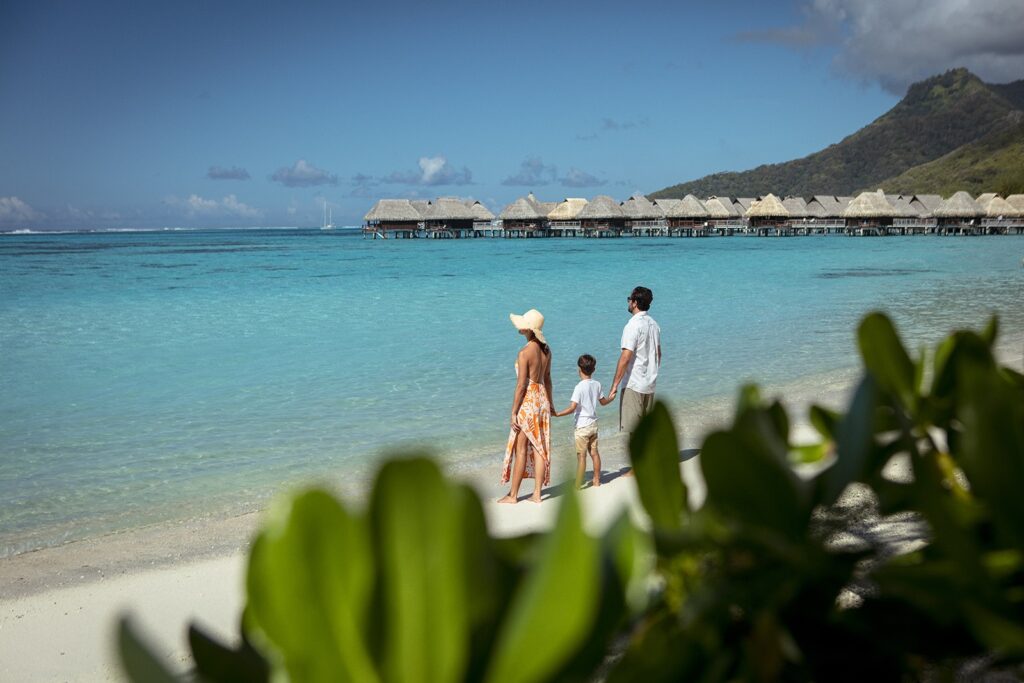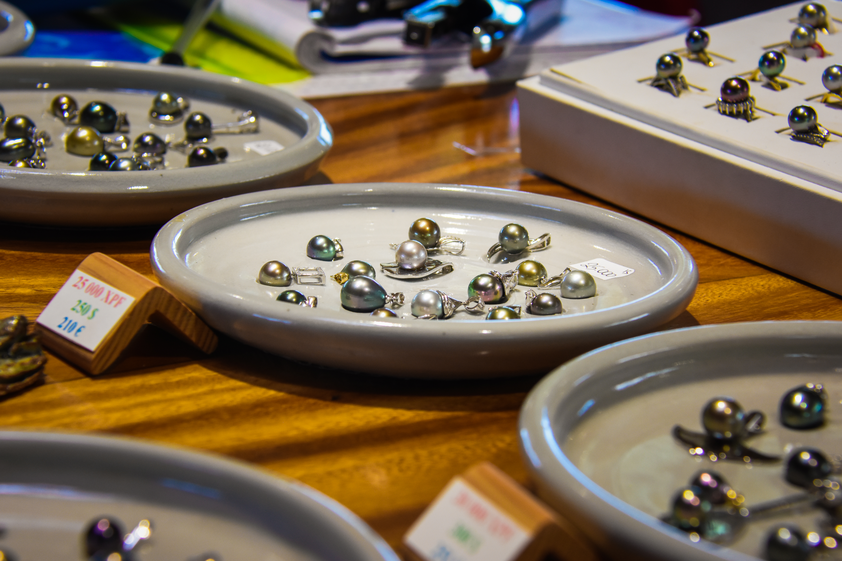After a decade of planning Tahitian getaways, I’ve discovered something that might surprise you: the months that most travelers overlook are actually when Tahiti shines brightest for discerning visitors. While everyone fights for peak season dates in July and August, the shoulder seasons of April, September, and October offer what I consider the ultimate Tahitian experience—perfect weather, authentic culture, and luxury that doesn’t break the bank.
The Shoulder Season Sweet Spot
Tahiti’s shoulder seasons represent the perfect intersection of favorable conditions. These transitional months bridge the gap between the wet and dry seasons, offering the best elements of both while avoiding the drawbacks of peak tourist periods. It’s during these times that French Polynesia reveals its true character, when the islands feel more like a local paradise than a tourist destination.
From my experience working with hundreds of couples, those who visit during shoulder season consistently report the most magical experiences. They return with stories of having entire beaches to themselves, securing last-minute reservations at exclusive restaurants, and receiving personalized attention from resort staff who aren’t overwhelmed by peak season crowds.
April: The Hidden Gem Month
April stands out as my absolute favorite time to send clients to Tahiti. The wet season is winding down, bringing increasingly reliable sunshine without the intensity of peak summer heat. Temperatures hover in the perfect 78-82°F range, with humidity levels that feel comfortable rather than oppressive.
What makes April extraordinary is the transformation happening across the islands. The lush vegetation from the wet season creates a vibrant green backdrop, while the improving weather patterns mean you can count on long stretches of sunshine for outdoor activities. The lagoons maintain their warm wet season temperatures, making swimming and snorkeling particularly enjoyable.
Resort rates during April are typically 30-40% lower than peak season pricing, which means couples can afford to upgrade to those dream overwater bungalows or extend their stay for a few extra days. The value proposition is incredible—you’re essentially getting peak season experiences at shoulder season prices.
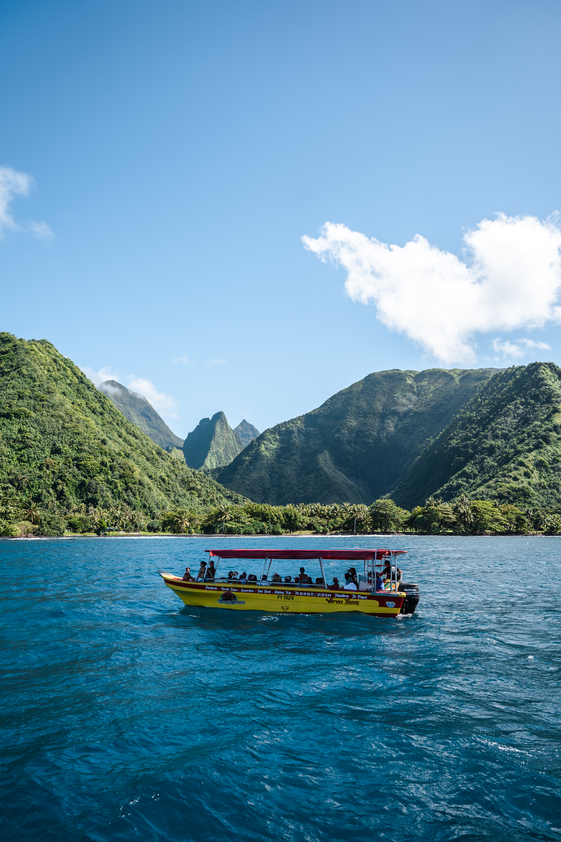
September: Post-Summer Perfection
September delivers everything that makes Tahiti’s dry season famous, but with significantly fewer crowds and better pricing. The weather is reliably excellent with minimal rainfall, comfortable temperatures, and those famous trade winds that keep everything feeling fresh and pleasant.
This month offers particular advantages for couples seeking romance and intimacy. With summer vacation crowds gone, restaurants become more intimate, beaches feel more secluded, and resort staff can provide more personalized service. I’ve had clients tell me their September honeymoons felt like they had discovered a secret paradise that nobody else knew about.
The diving and snorkeling conditions in September are exceptional. The water visibility is at its clearest, and marine life is abundant without the disturbance of peak season tourist activity. For underwater enthusiasts, September offers some of the year’s best conditions for exploring Tahiti’s legendary coral gardens.
October: The Ultimate Balance
October represents the perfect balance between excellent weather and reasonable pricing. The dry season conditions continue with consistent sunshine and comfortable temperatures, while rates begin their transition toward shoulder season levels. This creates what I call the “luxury sweet spot”—premium experiences at accessible prices.
The crowds are manageable but not completely absent, which means you’ll still have that vibrant vacation atmosphere while enjoying more space and better service. Restaurants are easier to book, excursions have more availability, and you can often secure upgrades or special amenities that are impossible during peak season.
October is particularly appealing for travelers who want to experience Tahiti’s cultural richness. With fewer tourists competing for attention, local guides can provide more personalized experiences, and you’ll have better opportunities to connect with Polynesian culture authentically.
Weather Advantages You Won’t Find in Peak Season
One of the most surprising benefits of shoulder season travel is actually getting better weather conditions for certain activities. During peak season, the consistent sunshine can sometimes create harsh lighting conditions for photography, while shoulder season offers more dramatic skies and varied lighting that creates stunning sunset and sunrise photos.
The slightly higher humidity during shoulder season transition periods creates those spectacular cloud formations that make Tahiti’s sunsets legendary. I’ve seen clients capture sunset photos in April and September that look like professional postcards, with dramatic clouds reflecting pink and orange hues across the lagoons.
The wind patterns during shoulder season are often more favorable for sailing and water sports. The trade winds are present but not as intense as during peak dry season, creating ideal conditions for sailing excursions and wind-dependent activities.

The Intimacy Factor
Perhaps the most significant advantage of shoulder season travel is the intimacy it provides. Tahiti is inherently romantic, but during peak season, that romance can be diminished by crowds, noise, and the constant competition for the best spots and experiences.
During shoulder season, couples can enjoy private beach dinners without worrying about other guests walking by. They can have meaningful conversations with resort staff who aren’t rushed off their feet. They can discover hidden lagoons and secluded beaches that feel like their own private paradise.
The smaller group sizes for excursions mean more personalized attention from guides and better opportunities to ask questions and learn about local culture. Snorkeling trips become more intimate experiences where you can actually enjoy the underwater world without fighting for space.
Exceptional Value Without Compromise
The financial advantages of shoulder season travel extend far beyond just lower room rates. When resort occupancy is lower, hotels are more likely to offer complimentary upgrades, special amenities, and exclusive experiences that aren’t available during peak periods.
I’ve negotiated everything from free spa treatments to complimentary excursions for shoulder season clients, simply because resorts have more flexibility and want to create memorable experiences that generate positive reviews and repeat business. These value-adds can easily amount to hundreds or even thousands of dollars in additional value.
The lower demand also means better availability for the most sought-after accommodations. Those iconic overwater bungalows that book up months in advance during peak season? They’re often available with just a few weeks’ notice during shoulder season, and at significantly lower rates.
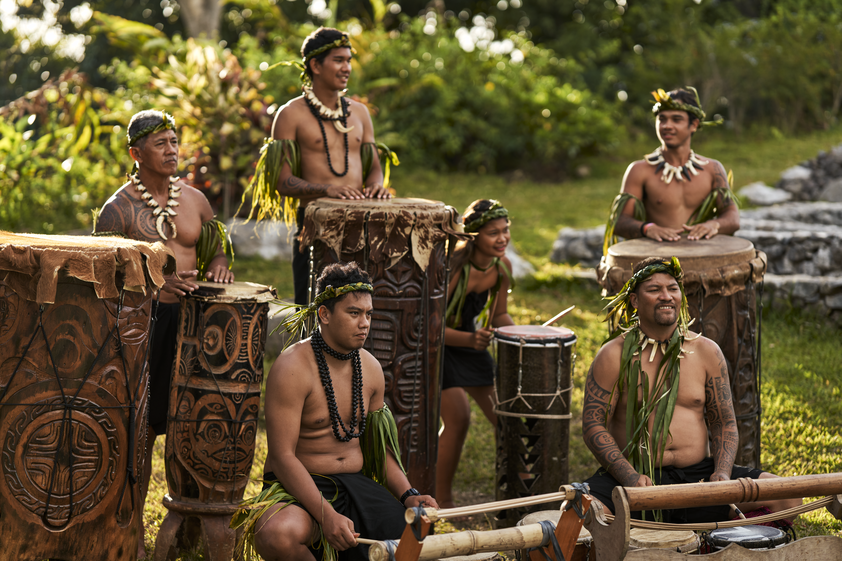
Cultural Authenticity
During shoulder season, you’ll experience a more authentic version of Tahiti. Local restaurants and cultural sites aren’t overwhelmed by tourist crowds, allowing for more genuine interactions with Polynesian culture. You’ll have better opportunities to attend local festivals, visit traditional markets, and engage with communities in meaningful ways.
The pace of life slows down during shoulder season, which actually aligns better with the natural rhythm of Polynesian culture. Instead of feeling rushed from one tourist activity to another, you can embrace the relaxed “island time” mentality that makes Tahiti so special.
Planning Your Shoulder Season Escape
When planning a shoulder season trip, timing within these months matters. Early April can still have occasional wet season showers, while late April transitions more fully into dry season patterns. Similarly, early September offers the most reliable weather, while late September and October provide the best value.
The key is working with someone who understands these nuances and can help you identify the perfect timing within the shoulder season window. Small adjustments to your travel dates can significantly impact your experience and budget.
The Insider’s Secret
Here’s what I tell all my clients: shoulder season isn’t just about saving money—it’s about experiencing Tahiti the way it was meant to be experienced. Without the crowds, pressure, and premium pricing of peak season, you can truly relax and connect with this incredible destination.
The couples who visit during shoulder season consistently report feeling more relaxed, more connected to each other, and more immersed in the natural beauty of French Polynesia. They return home with stories of magical moments that simply aren’t possible when competing with hundreds of other tourists for the same experiences.
Shoulder season represents the perfect intersection of favorable conditions, exceptional value, and authentic experiences. It’s when Tahiti reveals its true magic—not as a crowded tourist destination, but as the romantic paradise it’s always been meant to be.
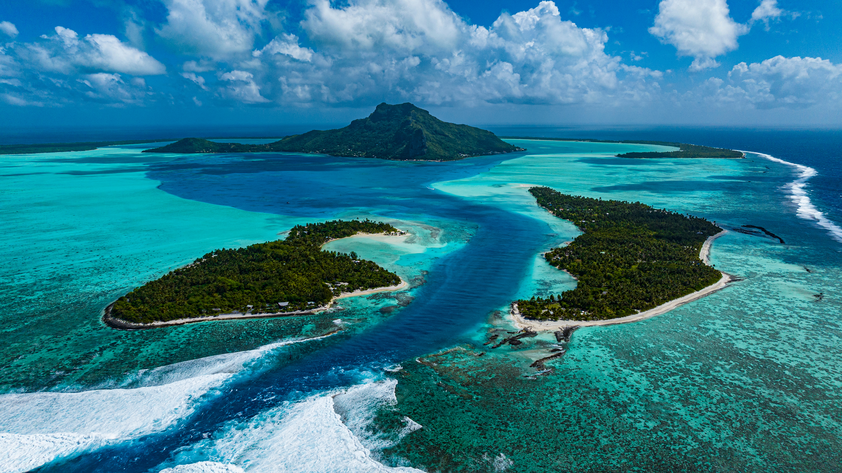
Ready to discover Tahiti’s shoulder season magic?
I specialize in identifying the perfect shoulder season timing based on your priorities and preferences. From securing the best rates to planning activities around optimal weather patterns, I’ll help you experience Tahiti at its most authentic and affordable.
🌐 Start planning your shoulder season escape: https://www.vincentvacations.com/agents/gretchenode/travelform
Your perfect Tahitian timing awaits, and I’m here to make it unforgettable.
